Aerospace
10 things you must know about Everett Boeing Factory ..!!
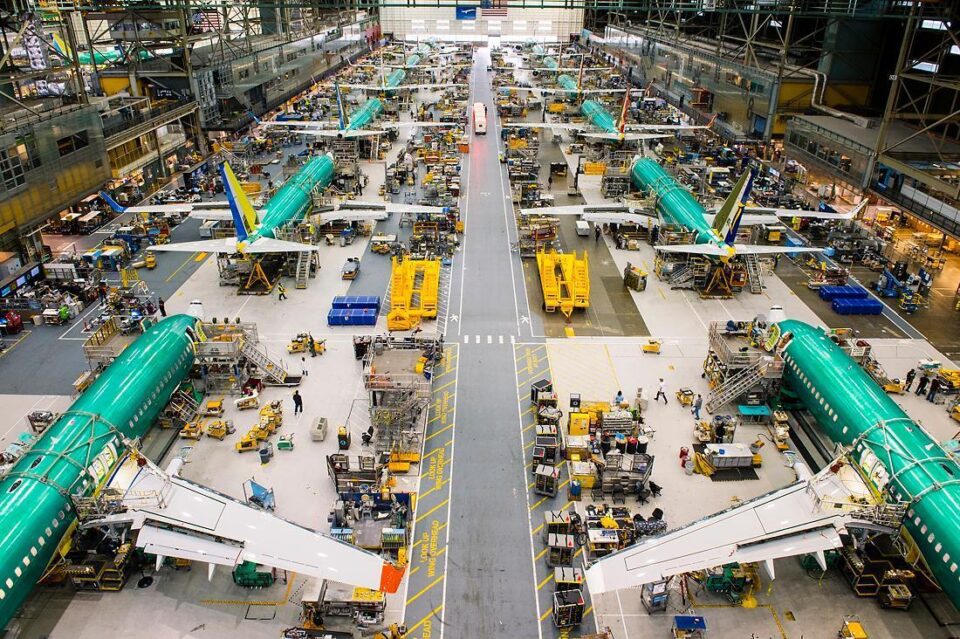
1. Small city
The Everett factory is like a small city, requiring its own fire department, security force, fully equipped medical clinic, electrical substations and water treatment plan.
2. Biggest building
Guinness World Records list the Boeing Everett factory as the largest building in the world by volume at 472 million cubic feed (13.3 million cubic meters).
3. Employee strengths
There are about 35,000+ people working at the Everett facility, and they work in three shifts around the clock.
4. Forming cloud inside ..!!? yes
However, when the factory was first built, clouds actually formed near the ceiling. The weather cleared when an air-circulation system was installed.
5. No A/c inside factory
Due to the weather in Seattle which seldom peak over 90′, the production floor does not have any a/c. The temperature is regulated by two things, the weather outside and the light bulbs. If the factory is too warm, they would open the factory door and run fans to blow air into to the factory.
6. Overhead Cranes
There are twenty six overhead cranes that run a network of 39-miles of ceiling tracks throughout the factory. These ceiling cranes are used to lift and move airplane components and sections during the production process.
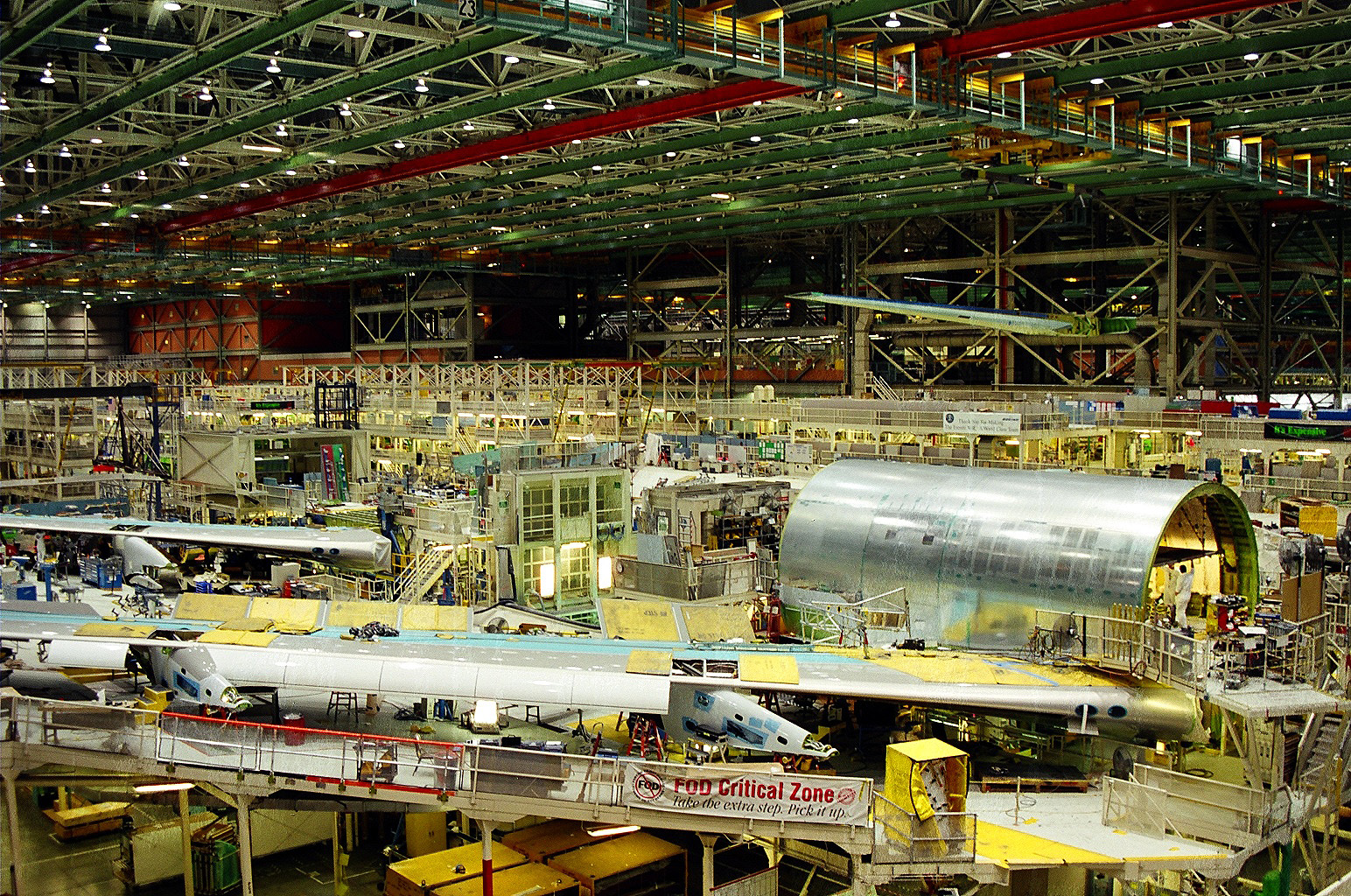
7. Pedestrian tunnels
There are 2.33 miles or 3.7 kilometers of pedestrian tunnels running below the factory. The tunnels are also utilized for operating the utilities and comes in handy during winter when getting around in the cold and snow can be a challenge.
8. Bicycle
There are 1,500 bicycles and tricycles in the factory that is used by employees to get around.
9. Bigger Doors
According to the Guinness World Records, the mural on the six factory doors is the largest digital graphics in the world.
10. Rail Tracks
Boeing not only have a rail running to the factory but the rail spur running uphill to the factory from Great Northern Railway’s track is the steepest active standard-gauge railroad in the United States.
liked it ..! ?
Share with your friends and families

Aerospace
Boeing Transfers Rocket Stage to NASA, Paving Way for Human Moon Mission
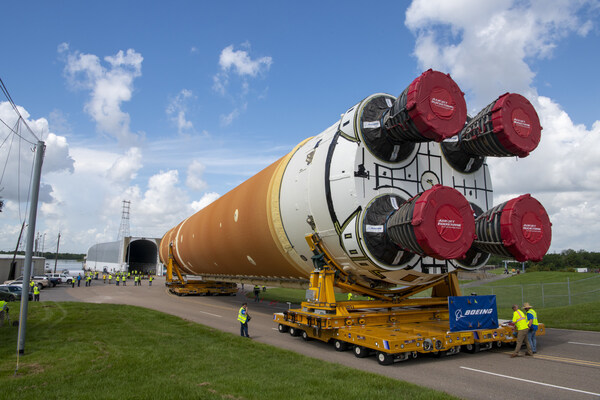
Boeing has achieved a significant milestone by providing NASA with the second core stage of the Space Launch System (SLS) rocket.
This crucial component, crafted at NASA’s Michoud Assembly Facility (MAF), is set to propel the Artemis II crew into lunar orbit, marking humanity’s return to deep space after a 50-year hiatus.
The monumental Boeing-built rocket stage, the largest element of the Artemis II mission, will embark on a journey aboard the Pegasus barge, traveling 900 miles to NASA’s Kennedy Space Center.
Comparison of two legendary aircraft B777x vs B747 aircraft:Click here
Upon arrival, it will be meticulously integrated with other essential Artemis II components, including the upper stage, solid rocket boosters, and NASA’s Orion spacecraft within the iconic Vehicle Assembly Building. This intricate integration process is a vital step toward the eagerly anticipated Artemis II launch, slated for 2025.
“Boeing-built products helped land humankind on the moon in 1969, and we’re proud to continue that legacy through the Artemis generation,” remarked Dave Dutcher, vice president and program manager for Boeing’s SLS program. “Together, with NASA and our industry partners and suppliers, we are building the world’s most capable rocket and paving the way to deep space through America’s rocket factory in New Orleans.”
NASA, Lockheed Martin Reveal X-59 Quiet Supersonic Aircraft:Click here
The delivery of Core Stage 2 marks a significant achievement in the evolution of the SLS rocket. Towering over 200 feet and powered by four RS-25 engines, this core stage, coupled with two solid-fueled booster rockets, will generate a staggering 8.8 million pounds of thrust. This immense power is crucial to launching Artemis II and future missions into the vast expanse of space.
The SLS rocket stands unparalleled in its capability to transport both crew and substantial cargo to the moon and beyond in a single launch. Its extraordinary capacity will facilitate the delivery of human-rated spacecraft, habitats, and scientific missions to destinations including the moon and Mars, ushering in a new era of space exploration.
-
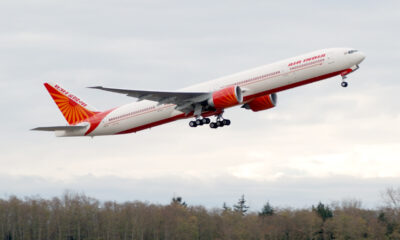
 Travel1 week ago
Travel1 week agoAir India to Expand US Operations with Three New Routes After a Decade
-

 Travel2 weeks ago
Travel2 weeks agoWhy We Should Avoid These Stamps in a Passport
-
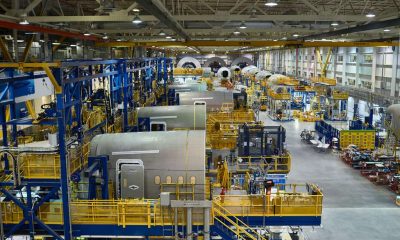
 Airlines1 month ago
Airlines1 month agoInvestigations Reveal Fake Chinese Titanium in Boeing and Airbus Jets
-
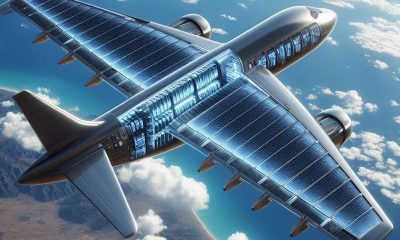
 Tech4 weeks ago
Tech4 weeks agoChina’s CATL Plans 1,800-Mile Electric Plane Launch by 2027
-
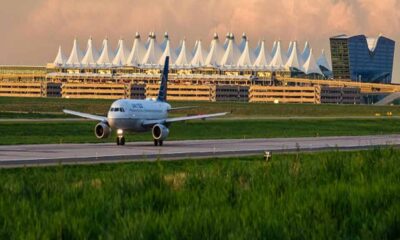
 Airport3 days ago
Airport3 days agoTop 10 Largest Airports in the World by Size
-
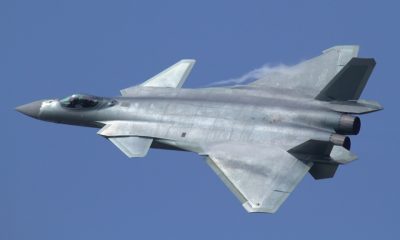
 Aerospace4 weeks ago
Aerospace4 weeks agoChina’s Fighter Jets Turn Wings into Autonomous Drones
-
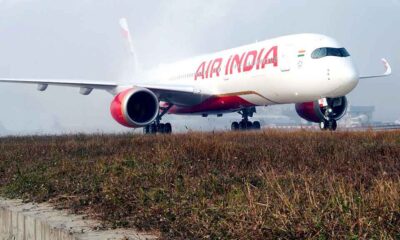
 Airlines4 days ago
Airlines4 days agoAir India Rolls Out A350s for Delhi-New York JFK and Newark Routes
-
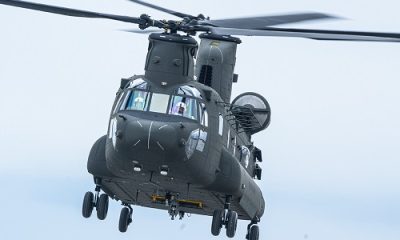
 Defence3 weeks ago
Defence3 weeks agoBoeing Enhances Chinook with New Engines and Block II Upgrades at $96 Million







